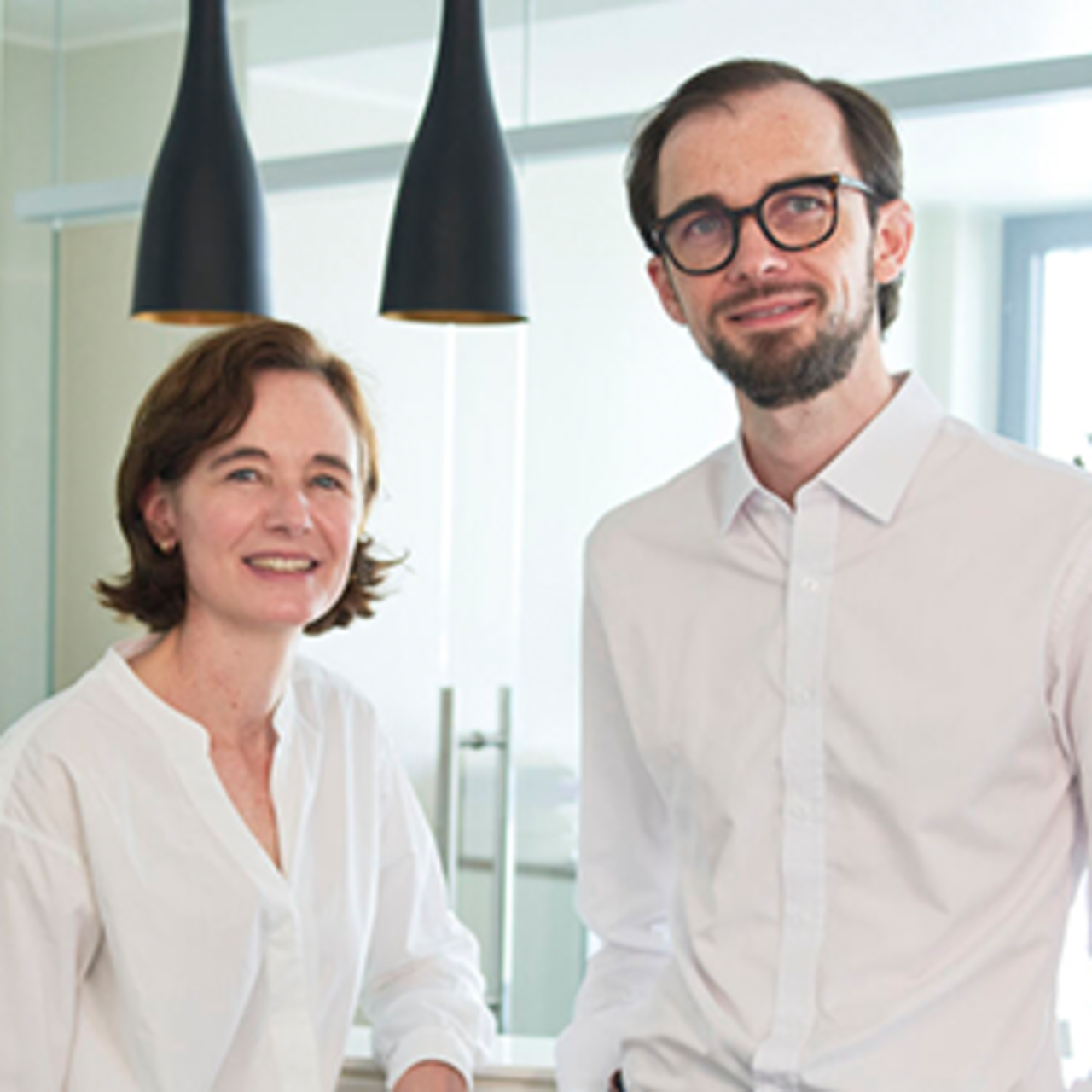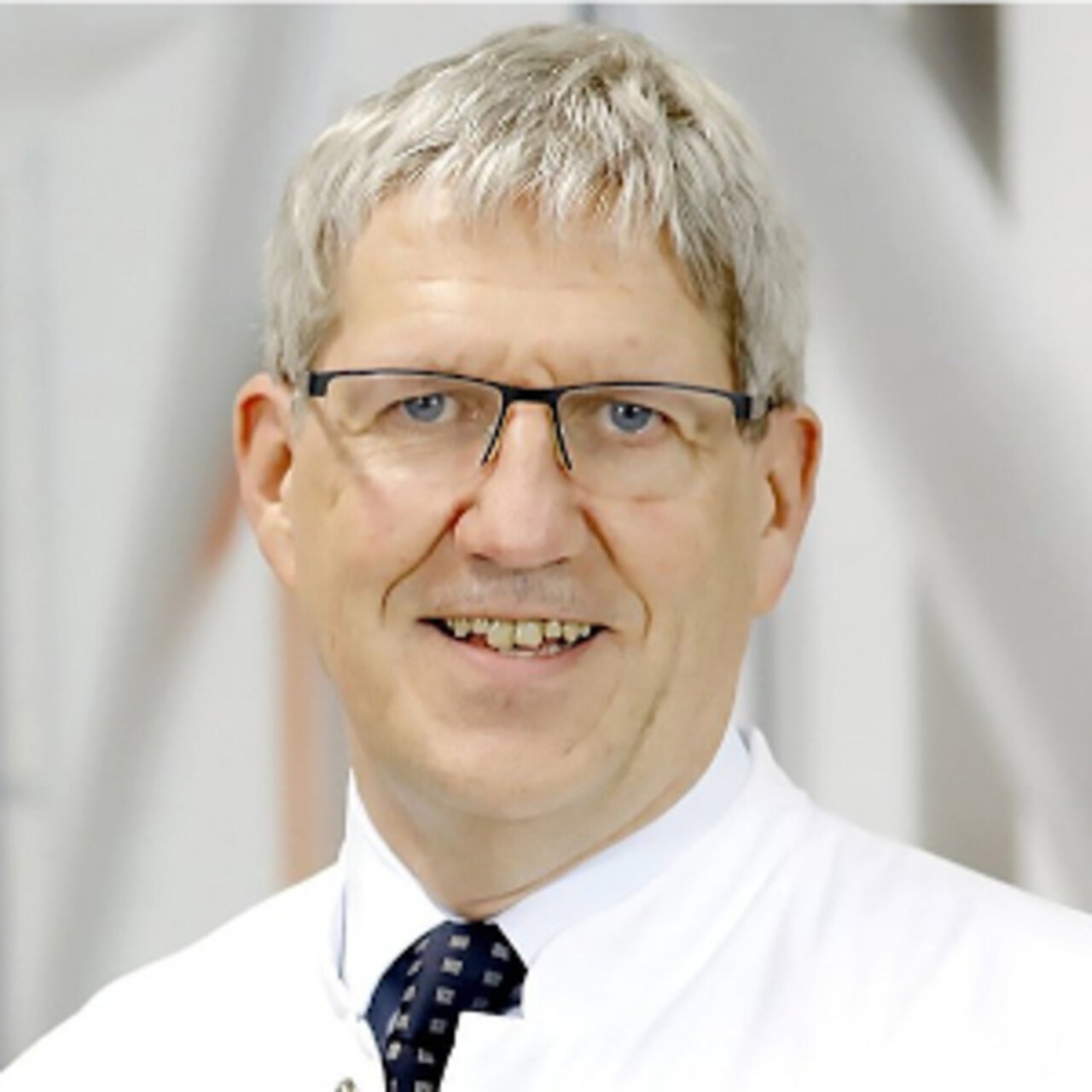Specialists in Bronchoscopy
5 Specialists found
Information About the Field of Bronchoscopy
What Is a Bronchoscopy?
A bronchoscopy is an examination and treatment method that allows internal examination of the airways. It is, therefore, also called "lung" or "airway endoscopy." However, the entire lung cannot be viewed. The name is derived from the Greek words for trachea (brógchos) and espy (skopia).
In bronchoscopy, a tube is inserted into the trachea either through the mouth or the nose. A small lamp, a video camera, and surgical instruments and aspirators can be inserted through the tube. Even an ultrasound can be inserted through it.
Bronchoscopy Types
A distinction is made between bronchoscopies with flexible and rigid tubes. The rigid tube is used much less today. The advantage is the wider diameter of the tube, making it possible to remove larger foreign bodies and optimally search for strong bleeding sources. Still, general anesthesia is required, and the risk of injury is higher.
Therefore, a flexible endoscope is usually used, which is a few millimeters thin and can be pushed deeper into the airways. The patient is given an anesthetic for the throat and, if necessary, a sedative.
When Is a Bronchoscopy Carried Out?
Bronchoscopy is used to clarify and treat some respiratory tract changes and diseases, which include:
- Clarification in case of suspected lung cancer or inflammatory lung diseases
- Taking biopsies, rinsing
- Removing foreign bodies
- Stopping bleeding
- Local irradiation
- Suctioning mucus
- Intubation under endoscopic monitoring
Bronchoscopy Procedure
The patient should come fasting to the bronchoscopy to reduce the risk of stomach contents entering the airways during the examination. Smoking should also be avoided the day before. The airways are not sensitive to pain, so only the insertion by mouth or nose is uncomfortable. The coughing and gagging sensation in the throat are suppressed with local anesthesia using a spray. It is also possible to give a sedative, so the patient hardly notices anything of the procedure.
In rigid endoscopy, the examination is carried out under general anesthesia. The procedure takes about 5 to 30 minutes, depending on the situation. The endoscope is inserted until the fourth or fifth branch of the airways. The device is removed after possible therapeutic measures, such as taking biopsies and rinsing. After that, the patient is taken to the recovery room and must remain fasting for several hours, as there is an increased risk of choking. The patient is not allowed to participate in traffic for 24 hours.
Risks and Aftereffects
Complications can arise from the anesthesia and the examination, but they are usually rare. Harmless but also severe bleeding of the respiratory tract can occur, which in turn must be treated endoscopically. The lung tissue can also be injured, which can cause a lung to collapse completely (pneumothorax). Consequently, the gap between the pleura and the lung must be punctured to remove the entered air and allows it to inflate again.
Fever, sore throat, and cramps of the larynx, a lack of oxygen, low blood pressure, and cardiac arrhythmia can also occur.
Which Doctors and Clinics Are Specialized in Bronchoscopy?
Experts in bronchoscopy are specialists in pneumology.
We will help you to find an expert for your disease. All listed physicians and clinics have been checked by us for their outstanding specialization in bronchoscopy and are awaiting your inquiry or treatment request.
Sources:
Amboss, Nachschlagewerk für Mediziner:
Lungeninformationsdienst: www.lungeninformationsdienst.de/themenmenue/diagnose/endoskopie/bronchoskopie/index.html





